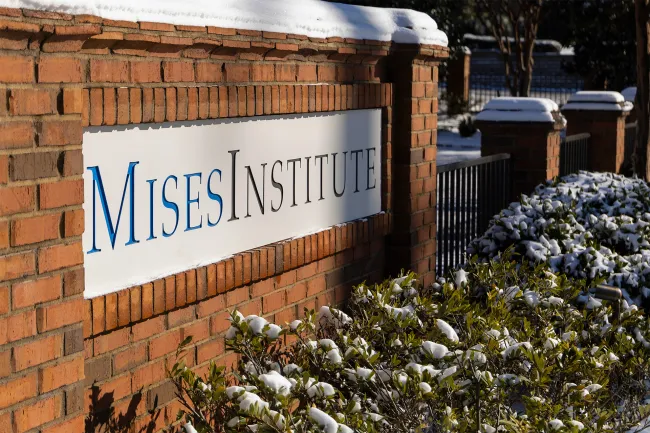The Fed’s Policies since the 2020 Coronavirus Panic
Since the corona panic, the Fed has bought a ton of government bonds, but it's also started buying corporate bonds, has abolished reserve requirements, redefined their M1 measure, and switched to average inflation targeting.









